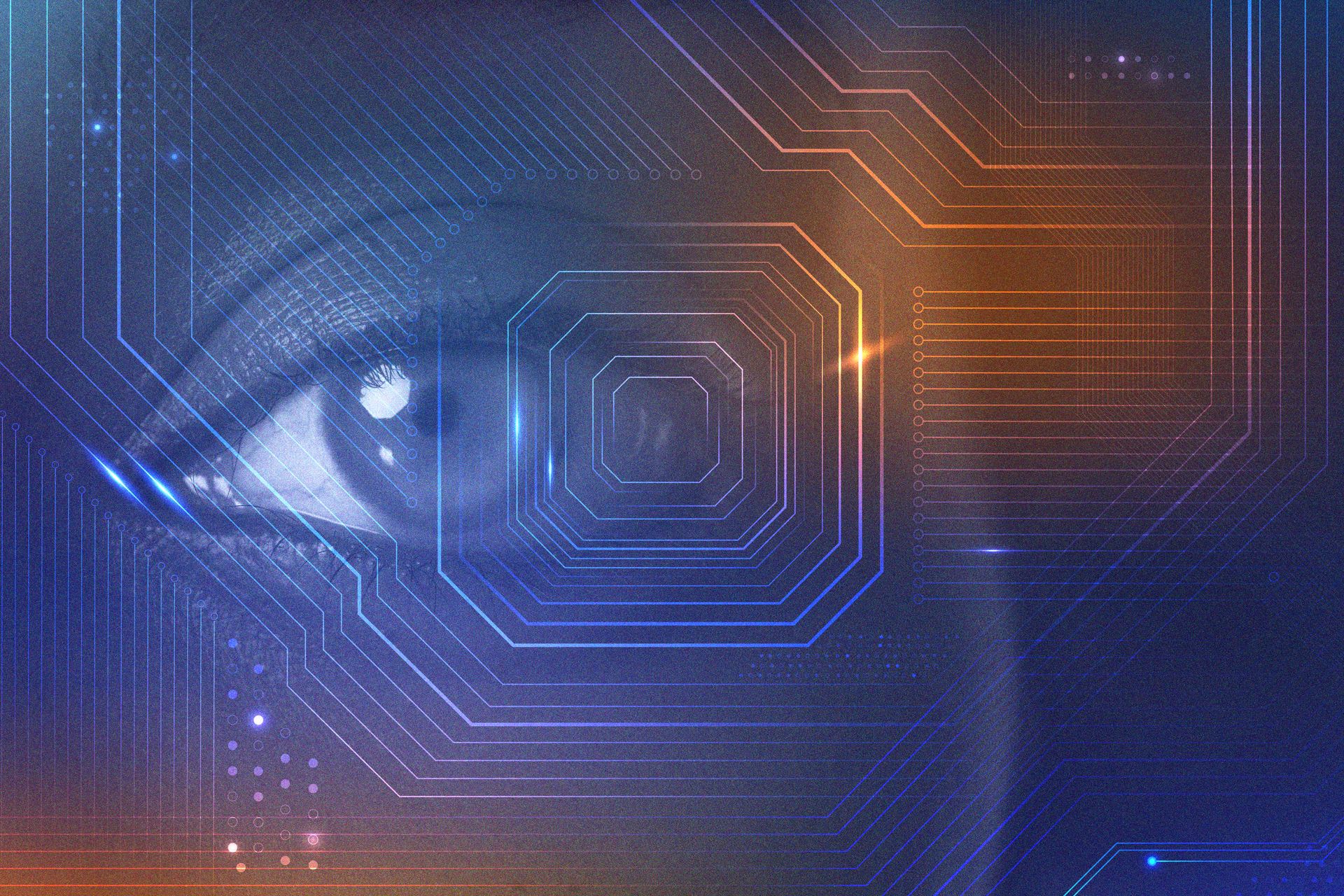Pioneering computer vision: Aleksandr Timashov, ML developer

Aleksandr Timashov is an ML Engineer with over a decade of experience in AI and Machine Learning. He holds a degree in Mathematics from Indiana University and a graduate certificate in Artificial Intelligence from Stanford University. Aleksandr’s career spans multiple industries, including e-commerce, oil & gas, and fintech. In this interview, Aleksandr shares his unique experiences of leading groundbreaking projects in Computer Vision and Data Science at the Petronas global energy group (Malaysia).
Hello Aleksandr. Please tell our readers about your background and how you got into Data Science and Machine Learning?
 My passion for mathematics started early in high school when I participated in national-level olympiads. This love for numbers and problem-solving continued into university, where I was drawn to subjects like linear algebra and probability theory. The transition to Machine Learning felt natural given my mathematical background. It is an exciting field that allows me to apply abstract concepts to solve real-world problems.
My passion for mathematics started early in high school when I participated in national-level olympiads. This love for numbers and problem-solving continued into university, where I was drawn to subjects like linear algebra and probability theory. The transition to Machine Learning felt natural given my mathematical background. It is an exciting field that allows me to apply abstract concepts to solve real-world problems.
When I was offered a Machine Learning position at Petronas, a large Malaysian corporation, I saw it as an incredible opportunity. The scale of the company and the potential to make a significant impact were major factors in my decision. Working at Petronas not only allowed me to improve company processes but also to positively affect the lives of millions of Malaysians. It’s a role that combines my technical skills with meaningful, large-scale impact.
Can you tell us about Petronas, what kind of company is that? And what brought you to Petronas, what were your goals when you started there?
Petronas is a huge state company in Malaysia, and although they mainly operate in the Oil & Gas industry, they do much more than that. The Petronas group of companies includes a bunch of other companies associated with Kuala Lumpur and Malaysia. Let’s say, for example, that KLCC property holding is directly related to Petronas. The company is responsible for the security and management of Kuala Lumpur City Center Twin Towers – the beautiful twin towers in the capital of Malaysia. And the company’s influence is not limited to Malaysia – it has a presence in more than 100 countries all over the globe.
Petronas is involved in various industries – from petrochemicals to logistics to engineering services. The company is also famous for pioneering several digital technology fields, including Cybersecurity, IoT, and, what concerns specifically me – Artificial Intelligence.
My foremost goals in joining Petronas as a Machine Learning and Data Science professional were to gain experience in a company with huge opportunities for improvement and to share my knowledge with as many young talents as possible.
And did you achieve these goals?
Certainly, this was fertile soil for my ambitions! When I joined the company, they were just creating a large Data Science/Machine Learning department – at that time, these technologies were not separated in the company. When I came, there were already several dozen people in the department, yet they were still working on the strategical roadmap for the department. At the same time, the huge benefit of this situation was lots of opportunities to improve and lots of directions to go. I chose Computer Vision as one of my favourite fields of AI. To continue about that time, I will give you an example: one Computer Vision model the company was using when I joined could “weigh” a gigabyte. On the very first day, the day I started working there, I made on the fly a model that was 20 times smaller and much more accurate.
The manager of the department that worked with this model was surprised at how quickly and accurately my model worked. They were very interested and asked me if I could optimise the work of other models. I agreed on the condition that if I do something, then I am responsible for it, and I am provided with the necessary resources. And so I got carte blanche to build the Computer Vision team, to make it an efficient unit that would help Petronas achieve its goals. The people I trained are still a core part of the Computer Vision team at Petronas.
So how did you address this challenge of creating a powerful Computer Vision team from ground zero?
That was actually not one but several challenges. Unlike smaller companies and startups, large companies with established structures and business processes are often reluctant to change. By the time I joined, Petronas already had working processes, and it wasn’t always self-evident how Computer Vision could help make those processes even more efficient. So we had, on the one hand, to persuade various departments within the company to accept a new technology, and on the other hand, to make the technology work for them.
And this leads us to the second challenge – building a team that would implement all these changes. The department was already running when I joined, and I couldn’t start by inflating the staff – I needed to choose and train people who were already there. And I was excited to see how talented people could be, even if they never worked with Computer Vision before! I was able to find people in the company and in the department who were interested in changing how things were being done, people who possess critical thinking and a love for solving complex mathematical problems – and this is not always an easy task! So, it took a lot of time and all my communication skills, but I managed to move people in the company to become imbued with Computer Vision.
Can you tell us about your work with Computer Vision at Petronas?
I led several projects that dramatically advanced the company’s technological capabilities:
Real-time Video Analytics for Security:
We developed an advanced system integrating deep learning algorithms with existing CCTV infrastructure. This project overcame challenges in processing vast amounts of visual data in real time and adapting to various environmental conditions. The resulting system accurately detected security threats, optimising security operations and positioning Petronas as a leader in AI-driven security in Malaysia’s energy sector.
Automated Industrial Plant Inspections:
We combined drone technology with advanced image recognition algorithms to automate plant inspections. This unprecedented project in Malaysia required creating robust models to identify defects in diverse industrial equipment under varying conditions. We developed a custom data pipeline to handle the immense volume of visual data, resulting in significant cost savings and reduced human exposure to hazardous environments.
Engineering Drawing Digitalization:
We tackled the digitalization of Petronas’ extensive engineering drawing collection using a combination of OCR and drawing detection algorithms. A key challenge was mapping drone inspection detections to real-world maps. This project dramatically improved the accessibility and utilisation of critical engineering information, enhancing operational efficiency and decision-making processes.
On these projects, I mentored numerous ML engineers, fostering a culture of innovation within Petronas. My work demonstrated broad expertise in computer vision, deep learning, and industrial IoT, showcasing the ability to adapt cutting-edge technologies to the specific needs of the oil and gas industry and tackle unprecedented challenges in the Malaysian context.
You told us you were implementing these projects in 2020-2022, so it all started amid the Covid-19 times. Did the pandemic and isolation complicate your work?
Well, of course, the pandemic affected our operations, just like everywhere in the world. Essentially, the priorities set before my team were changed, and we began to focus on such tasks as crowd management, face mask detection, etc. You see, as a giant state corporation, Petronas is responsible for many public places including KLCC park, and it’s really cool that our work at the time helped save a lot of lives during COVID.
By the way, it wasn’t just COVID that complicated our work and made it more challenging and interesting. Malaysia is a predominantly Muslim country, and this means people may behave differently and even dress differently from people in the countries in which the majority of ML and Computer Vision models are usually trained. There was a certain bias that we had to overcome to make the same models work in a significantly different environment.
This does sound intriguing! Could you tell us more about it?
For instance, pre-trained models mostly originate in Western countries, where there are not many ladies in headwear covering their heads to various degrees. It was quite problematic to detect women wearing head coverings! We had to reassemble the dataset, retrain the models, etc. This issue is unique to Malaysia.
And secondly, as I have already said, there is culture itself. People in Malaysia are less likely to express their opinions openly. In this regard, I had to demonstrate to my teammates – on purpose – that I could be wrong too. And when they gradually pointed out my mistakes, it encouraged them. In this somewhat roundabout way, I gradually built a more collaborative environment so familiar to Western companies but completely new to Malaysia.
As a person who assembled from scratch a team working on the bleeding edge of modern technology, what advice would you give to aspiring Data Science and Machine Learning specialists who are looking to make a significant impact in their careers?
For aspiring Data Science and Machine Learning specialists, I have three key pieces of advice:
Critically assess if this field truly aligns with your passions. DS and ML are complex and highly competitive, demanding not just skill but genuine enthusiasm to succeed.
If you’re certain this is your path, commit to intensive, continuous learning. As Andrej Karpathy noted, it takes around 10,000 hours of dedicated work to become a true professional in this field.
Focus on joining top companies or research labs where you can collaborate with leading minds in the field. Surrounding yourself with brilliant colleagues will accelerate your growth exponentially. You’ll be exposed to cutting-edge problems, innovative solutions, and a level of expertise that will challenge and inspire you daily.
Remember, if DS and ML are truly your passion, these challenges will be exciting. This enthusiasm, coupled with exposure to top talent, will be key to making a significant impact in your career.
What are some of the current trends and advancements in Computer Vision that you find most exciting and promising?
While Natural Language Processing has seen significant advancements recently, I believe Computer Vision remains highly underestimated and holds immense untapped potential. We are still far from achieving human-level capabilities in visual perception and understanding.
One of the most promising trends in Computer Vision is Self-Supervised Learning. This approach, which can be likened to how children learn by observing the world around them, has shown great potential in reducing the need for large labelled datasets. However, I believe there’s still a crucial element missing in fully replicating human-like visual learning and understanding.
I’m particularly excited about the evolution of Generative AI in CV, especially diffusion models and consistency models. These technologies are revolutionising image generation, manipulation, and understanding. Diffusion models excel in creating diverse, high-quality images, while consistency models enhance our ability to maintain coherence across different visual perspectives.
Despite these advancements, we’re still in the early stages of unlocking CV’s full potential. The field is ripe for innovation, particularly in developing more robust, generalizable models that can approach human-level visual understanding across diverse contexts. This makes it an incredibly exciting time to be working in Computer Vision, with ample opportunities for groundbreaking research and applications.”
This concise version maintains the key points about the current state of CV, your perspective on its potential, and the exciting developments in the field while being more focused and to the point.
Featured image credit: rawpixel.com/Freepik
